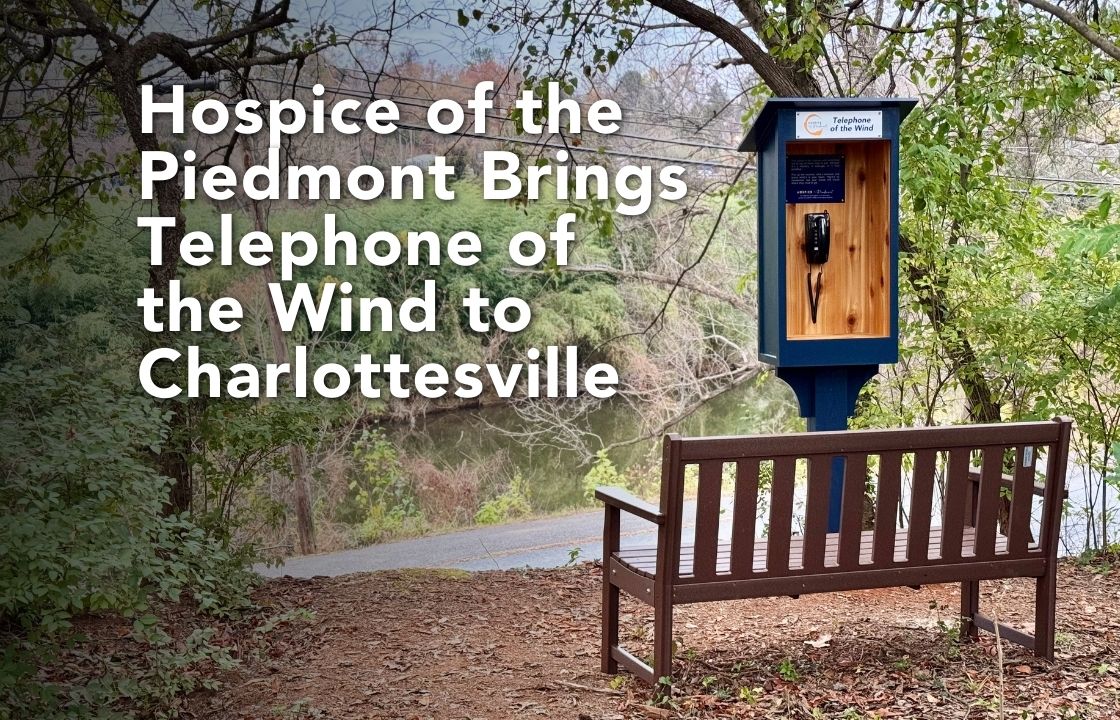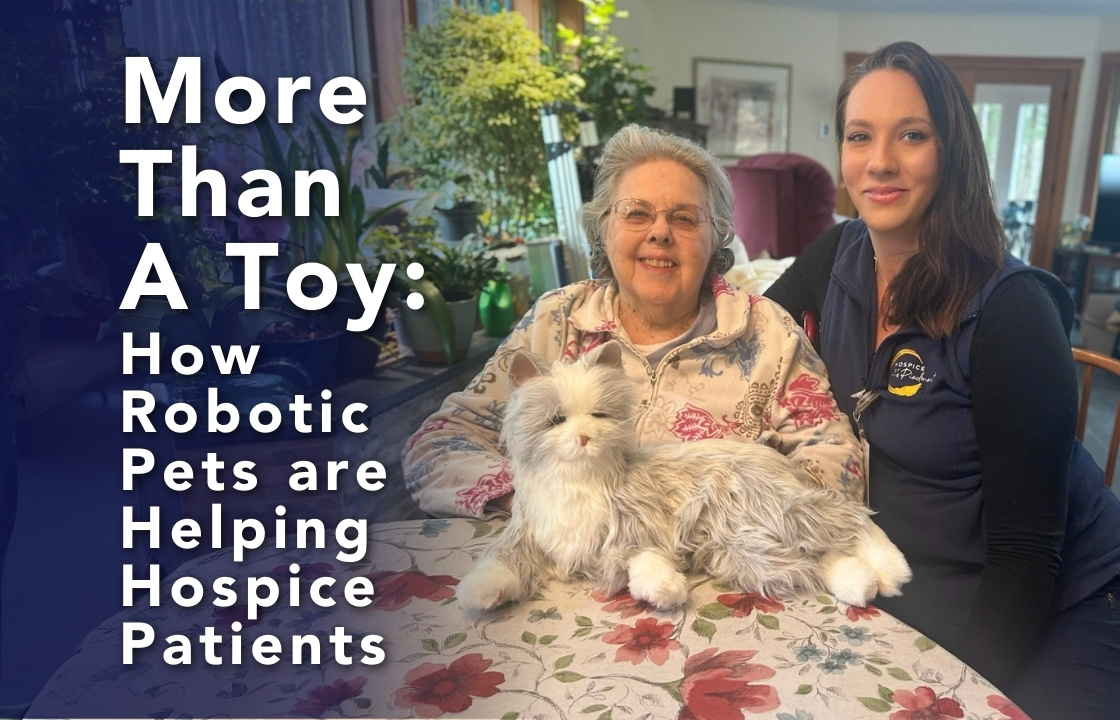Increasingly, people are choosing hospice care at the end of life. Hospice can be provided in any setting—home, nursing home, assisted living facility, or inpatient hospital. At some point, certain conditions or serious illnesses, such as Glioblastoma, may not be possible to cure. Hospice is designed for this situation.
So, what is Glioblastoma, and how does hospice care provide comprehensive comfort care as well as support for the family?
What is Glioblastoma?
Also known as glioblastoma multiforme, GBM is a common, fast-acting, cancerous tumor that occurs in the brain or spinal cord. GBMs tend to occur between ages 45 and 70 but can happen at other ages, too. Unfortunately, there isn’t a known way to prevent Glioblastoma, but practicing a healthy lifestyle and avoiding certain factors that increase risk, like exposure to radiation or other harsh chemicals, may reduce a person’s likeliness of getting it.
Evolving treatment for Glioblastoma can help people live longer by controlling tumor growth.
How Common is Glioblastoma in Hospice Patients?
Glioblastoma is a common reason for patients to seek out hospice care, with a large number of patients affected by this condition opting for hospice services before the end of their life.
GBMs have a predictable decline, unlike illnesses such as breast cancer, where the onset, progression, and symptom burden can vary from person to person. Because many patients are in advanced stages of Glioblastoma with significant symptom burden when they enter hospice care, a significant proportion choose to receive their care in an inpatient hospice setting rather than at home.
Symptoms of Glioblastoma and Effect on The Body
Depending on the size of the tumor and where the tumor is located, the symptoms of Glioblastoma can vary. For example, tumors that grow in the part of the brain that controls the left side of the body can result in left-side paralysis. There can also be verbal and vision changes.
Another group of symptoms is related to mood swings, including high rates of anxiety and depression. Sometimes, these mood swings come from confronting the disease and high mortality rate, but they can also be triggered by the loss of function (speech, sight, etc.) that comes with it.
Seizures, a significant risk factor in Glioblastoma, often require the use of medication to be controlled and reduced. In addition to seizures, individuals commonly experience Glioblastoma symptoms such as debilitating headaches, persistent nausea, and overwhelming fatigue, all of which are indicative of this aggressive tumor.
What Are Treatment Options for Glioblastoma?
Surgery is one treatment option, where doctors will try to remove or debulk the tumor if it’s operable. Chemotherapy can also be used to shrink tumors, as well as whole-brain radiation. Newer agents, such as immunomodulating agents, can slow growth, as well.
In Glioblastoma, palliative care services are an essential part of treatment that addresses the needs of patients who are facing this aggressive brain cancer. This care goes beyond traditional methods of treating the tumor itself, focusing instead on managing symptoms and enhancing the patient’s quality of life. The goal of utilizing palliative care for Glioblastoma is not only to alleviate discomfort but also to provide emotional support to patients and their families, helping them navigate the challenges of this disease.
All options for treating Glioblastoma will impact the quality of life, so patients are asked what their bottom line is for quality of life. What are the non-negotiables for you to live comfortably? With advanced care planning conversations, you can’t outline every hypothetical situation, but you can determine what the bigger picture for quality of life is. Our team of dedicated professionals offers the best options for hospice care in Virginia and ensures that patients and loved ones have a plan for end-of-life treatments.
End-of-Life Care for Glioblastoma at Hospice of the Piedmont
If you or a loved one are looking for hospice care for Glioblastoma, Hospice of the Piedmont can help. Our team utilizes palliative care for Glioblastoma with the goal of providing medical care and relief from the stress and symptoms of a serious illness while also tending to a patient’s and family member’s physical, emotional, and spiritual needs.
No matter where you call home, Hospice of the Piedmont will help with the management of pain and other advanced illness symptoms.
To request a consultation, ask your doctor about arranging a consultation with Hospice of the Piedmont for hospice care in Virginia, or call us at 833-888-0265 or 434-423-0700, and we will follow up with your doctor.



